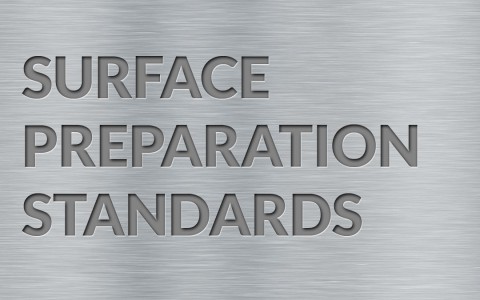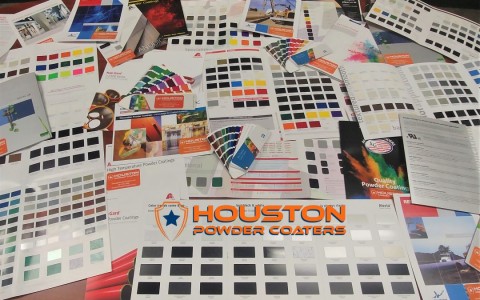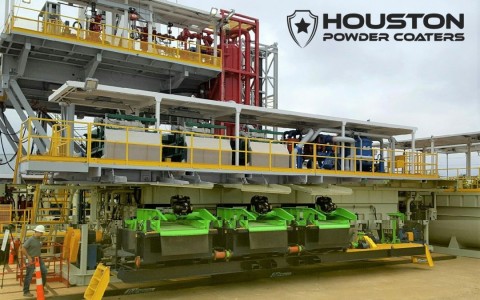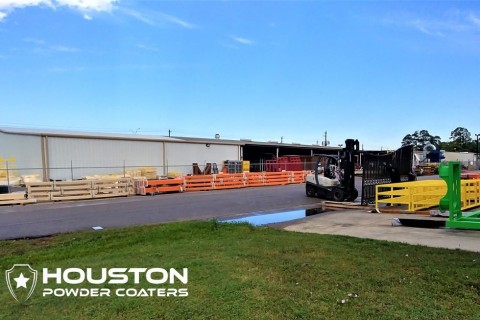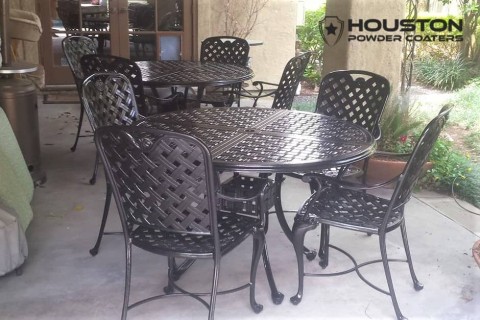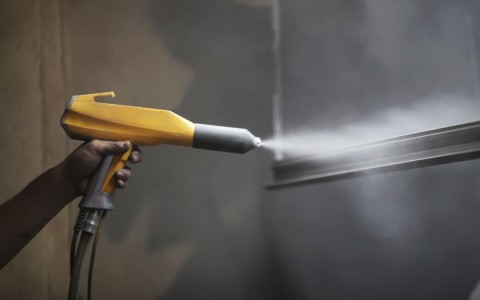A new oilfield assembly or refinished piece of furniture might look great as a final product, but there’s a lot of work that goes into making sure its surface is prepared before the coating is even applied. If a substrate’s surface is dirty, the coating will not adhere properly and will ultimately fail. To prevent this from occurring, multiple industry-wide surface preparation standards have been developed to clean and properly prepare different types of metal. Given that there are so many different potential cleaning methods and surface materials, these guidelines benefit the industry by standardizing processes and ensuring the highest possible quality for the client.
The most commonly used and accepted standards were put forward by the Society for Protective Coatings (SSPC) and the National Association of Corrosion Engineers (NACE), both professional organizations operating in the corrosion and coatings industry. These organizations came together to bring the Joint Surface Preparation Standards to the industry. These standards cover a multitude of techniques for preparing surfaces, from simple solvent cleaning (SSPC-SP1) to abrasive blasting using a high-pressure gun that leaves a metal surface “uniformly free of all foreign matter” (SSPC-SP5 / NACE 1).
Note that these surface preparations also create anchor profiles from which the powder adheres to the metal. The more aggressive surface preps will produce a deeper anchor pattern. Typical steel grit blast media will produce anchor profiles between 2-4 mils. Mild solvents and hand-etching will produce less. Recognize that the classification numbers of the surface preparation standards do not necessarily increase with intensity (so read them carefully).


